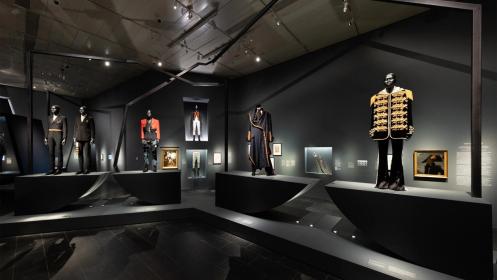
The painting is on display in a temporary exhibition at The Met’s 5th Avenue Gallery, entitled “Superfine: Tailoring Black Style”, taking place from 6 May to 26 October 2025. The exhibition “presents a cultural and historical examination of Black style over three hundred years through the concept of dandyism... [and] explores the importance of style to the formation of Black identities in the Atlantic diaspora, notably in the United States and Europe”.
Toussaint L’Ouverture was born into slavery on the plantation of Bréda at Haut-du-Cap in the French colony of Saint-Domingue, nowadays Haiti. After attaining ‘freeman’ status, he demonstrated trade, military and political prowess to organise a nascent slave rebellion into a revolutionary movement. Ultimately, this led to the establishment of Haiti in 1804 as the first independent Black republic in the Western Hemisphere.
The half-length portrait was created in or around 1804/5 by Alexandre François Louis de Girardin, a French politician and military officer. The work was done posthumously based on descriptions and reporting of L’Ouverture. The Haitian-American academic Patrick Sylvain has suggested the portrait may be the “only historically accurate painting of Toussaint”, depicting “features [that] were neither grotesque nor idealized”.
The painting was purchased by the House of European History ahead of its eighth temporary exhibition, which focuses on Europe’s colonial past, scheduled to open in April 2026. According to lead curator Kieran Burns: “The painting will highlight the history of resistance to European colonialism and the slave trade and help foster debate on themes such as racism, injustice, and human rights.”
Posthumous portrait of Toussaint l’Ouverture by Alexandre de Girardin, ca. 1804.
Oil paint on canvas in a gilded wooden frame
Banner - image of Superfine: Tailoring Black Style exhibition space at The Metropolitan Museum of Art
